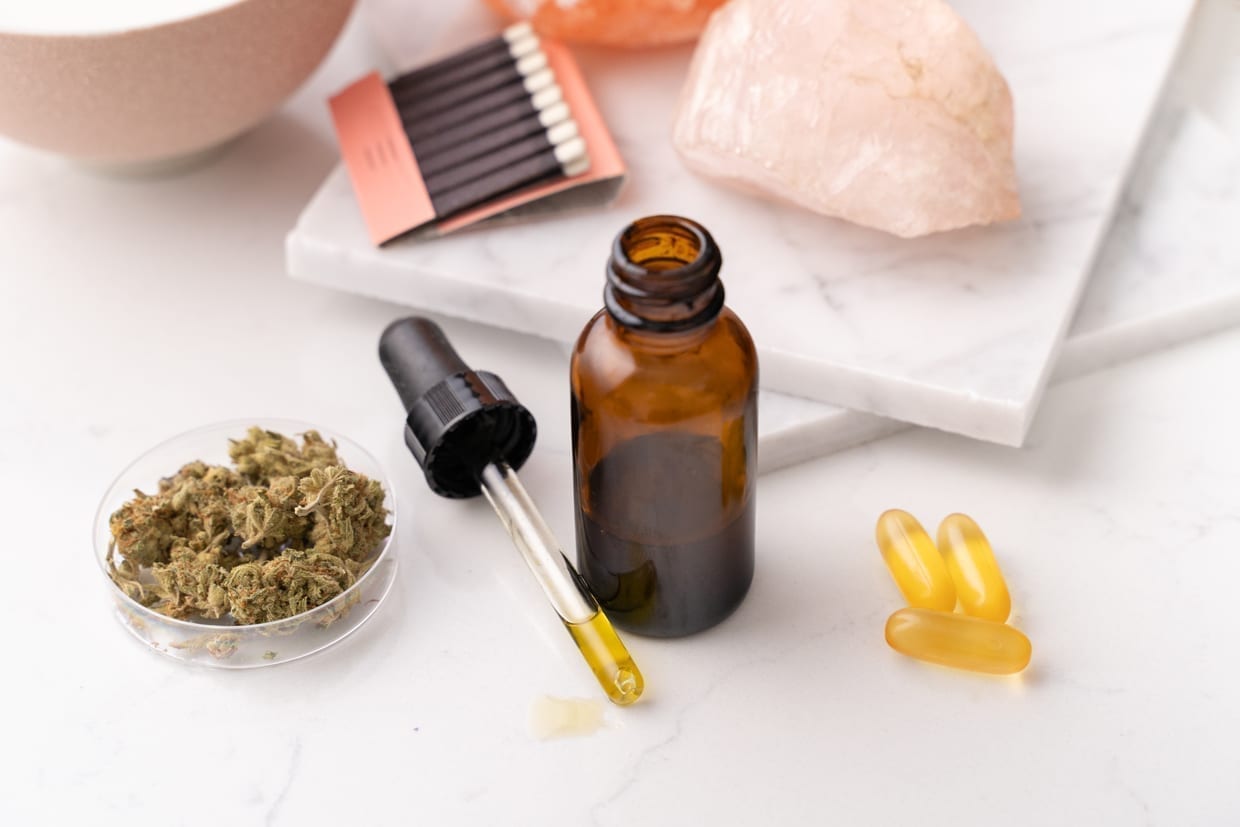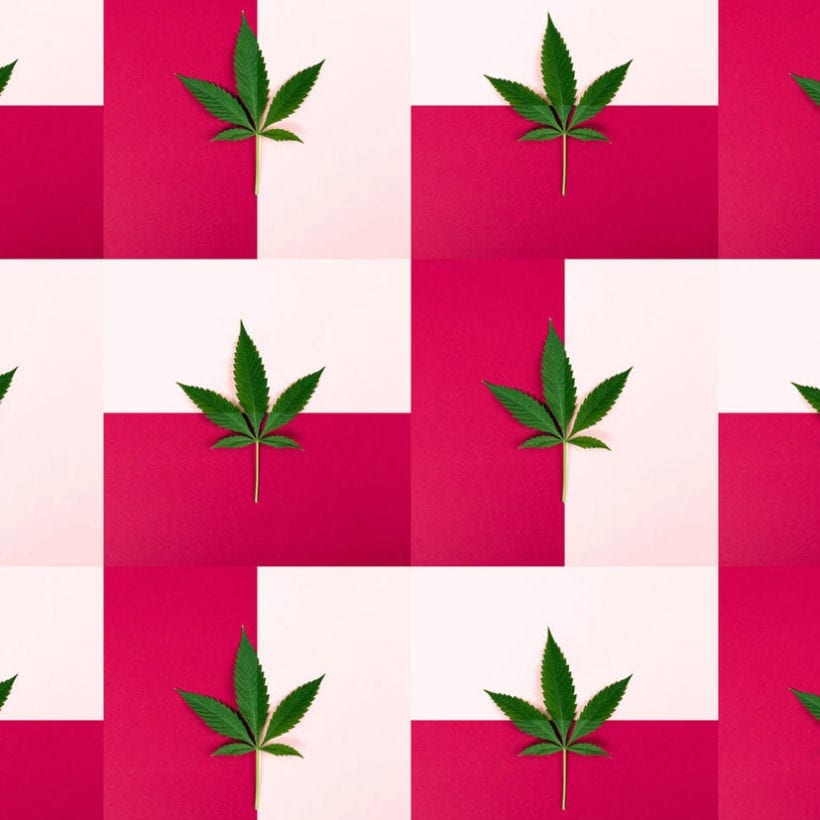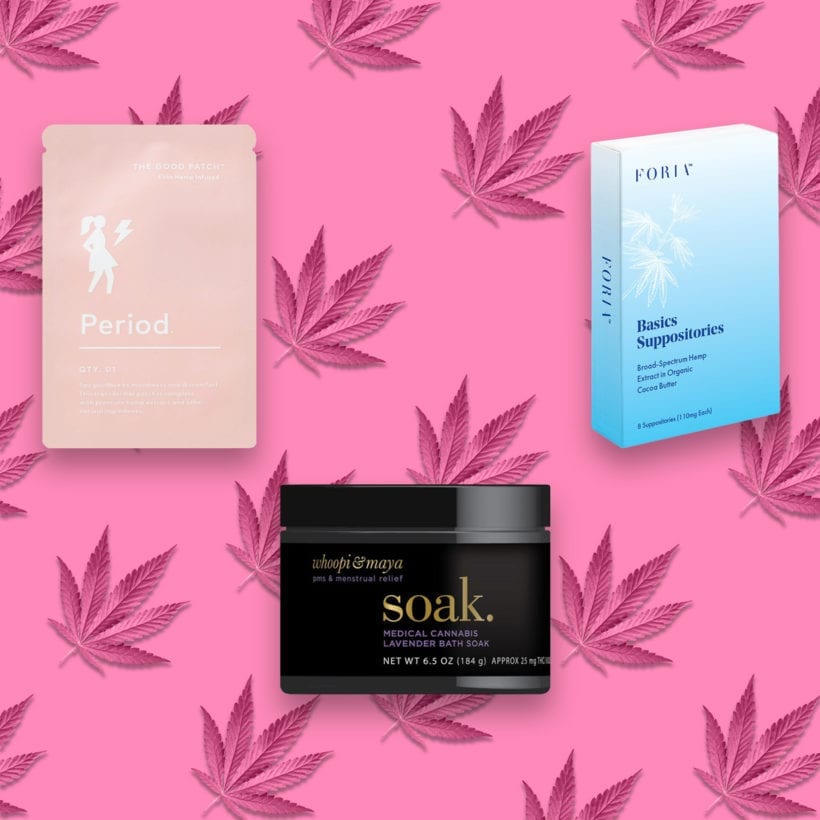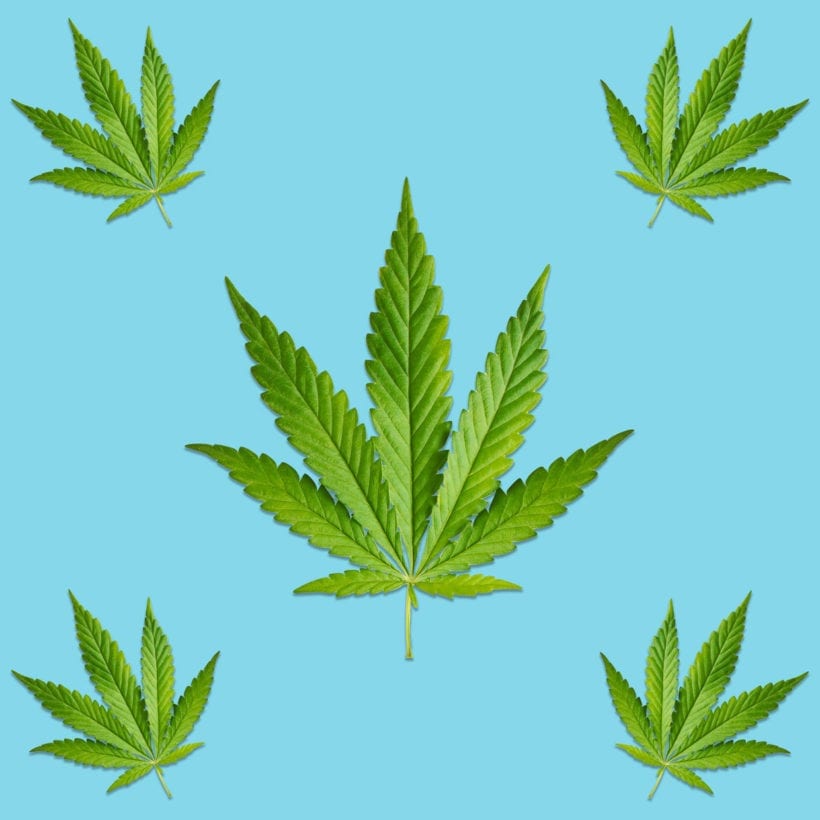After Jeanne Marcum was diagnosed with early-onset rheumatoid arthritis, her sons suggested she look into trying cannabidiol, better known as CBD. “When I started researching it, I discovered Kentucky Hemp Works, basically right up the street from me,” says Marcum, a former bodybuilder. “I made an appointment to talk to them and learn all about how it’s grown and processed, and I came home with a bottle of CBD.”
And lately, it seems that the compound derived from the cannabis or hemp plant is in everything. You can find it in beauty, health, and wellness products from creams to scrubs and shampoo. You can put it in your diffuser or drink it in your coffee. You can purchase it from specialty shops, national beauty brands like Milk Makeup and even your local convenience store. And, thanks to the most recent Farm Bill which made CBD — and industrial hemp, the plant it is primarily derived from — legal in all 50 states, the number of products containing CBD can only be expected to grow.
Proponents claim CBD, a compound in weed that does not get you high, can cure, or at least treat, everything from anxiety to skin issues to digestive problems and joint or muscle pain. According to a recent survey by Consumer Reports, 13 percent of Americans have used CBD to treat a health-related issue, and nearly 90 percent of those same respondents said the CBD was effective.

Marcum, who runs Park Bench Naturals, a boutique producer of plant-based bath and body products, now uses CBD both sublingually (under the tongue) and topically, with a salve she rubs into her sore joints.
“The sublingual CBD gives me relief much quicker, but the topical has more of delayed onset,” she says. “I don’t notice it right away, but if I think about it 30 or 40 minutes later, I notice the swelling is not as intense.”
Whether using it internally or topically, all CBD products are generally made with oil that has been extracted from the hemp plant using a solvent like carbon dioxide or ethanol. Then, the CBD compound is isolated, filtered and added to a carrier oil, like hemp seed oil, or directly to a beauty product. When used in topical skin care products (lotions, serums, masks), CBD’s benefits are antibacterial, antioxidative, anti-inflammatory and potentially effective in controlling sebum. CBD oil is rich in vitamins A, C and E. Variations occur in the sourcing of the product and the amount of CBD contained.
And once taken (or applied), the compound uses a network of receptors throughout the body called the endocannabinoid system, which is involved in regulating body and brain functions like appetite, mood, and pain response. Researchers have identified cannabinoid receptors in neurons and spinal tissue, the immune system and the skin.
“I tell people that just like they have a digestive system and a cardiovascular system, there’s the endocannabinoid system,” Marcum says. “It carries CBD to the places that are out of balance; the role of CBD is homeostasis throughout the body.”
Whether CBD actually does anything worthwhile in your beauty or wellness products remains to be seen.
Ingesting CBD may be the best way to get any real benefits, says Jordan Tishler, an instructor at Harvard Medical School and CEO of InhaleMD in Cambridge, Massachusetts. Once you swallow CBD, it heads to the gut and is then slowly metabolized in the liver, which means you can feel the effects for 8-12 hours. This treatment modality is best for people who have chronic problems like joint pain or nausea, Tishler says. He often prescribes something like gummies (though in his practice he primarily uses cannabis containing both THC and CBD). The drawback to edibles is that it can be difficult to predict when they will kick in, which puts a patient at risk for taking too much.
And though there are also lots of topical products on the market, Tishler says he is skeptical about their effectiveness. Researchers have done some studies using transdermal products, but so far, the science of how well cannabis penetrates the skin just is not there.
“What everyone thinks is, ‘Look, you’ve got nicotine, lidocaine and fentanyl patches, why not a weed patch?’ But they don’t just put the active ingredient in a Band-Aid and call it a day,” Tishler says. “There are other compounds helping those pain medications get absorbed. It’s hard to make cannabinoids on their own go through the skin.”
Adam Friedman, M.D., an associate professor of dermatology at George Washington University, said in an interview for “Practical Dermatology” that his team is working to develop nanoparticles to deliver cannabinoids — which are lipophilic and tend to get “caught up,” he says, in the fatty layers of the epidermis — effectively through the skin.
And much of the emerging research is promising. “There’s beginning research to show that it can work on things like psoriasis,” Tishler says. A Journal of Dermatological Science study from 2007 found that, when isolated CBD was applied to the skin, it seemed to slow the production of keratinocytes, an abundance of which is what causes some of the psoriasis’ main symptoms.
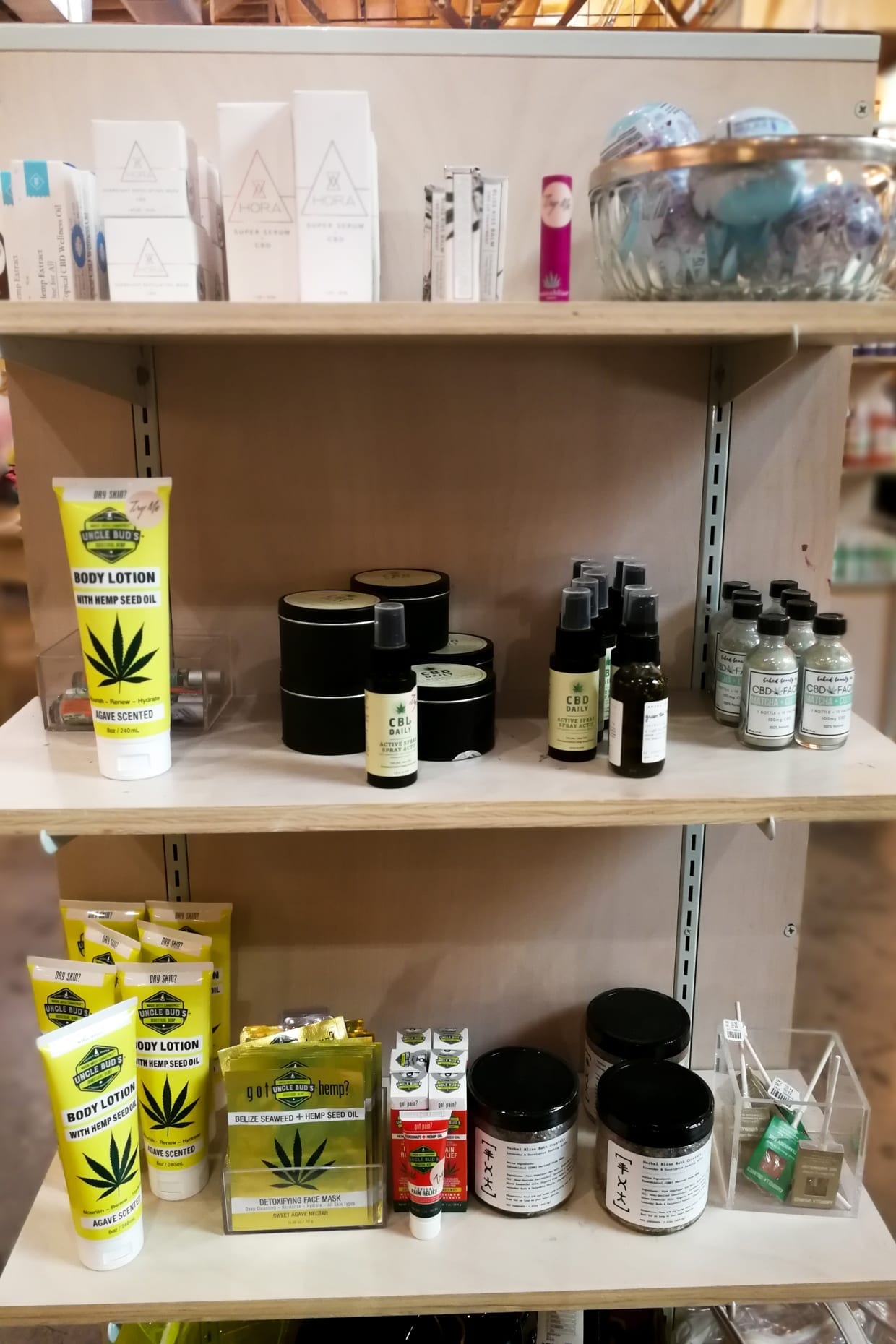
More recent studies – performed not on people, but on rats – show that CBD is effective in relieving pain and swelling caused by osteoarthritis.
To be clear, Tishler continues, whether CBD actually does anything worthwhile in your beauty or wellness products remains to be seen. “In the lab, we can get CBD by itself to do some interesting things. We’ve seen that it’s an anti-inflammatory, and may have some effect of anxiety and psychosis.” It’s all promising stuff, he says, but the research has a long way to go; most of the experiments have involved a much higher dose than people get with products currently on the market, or they have only been performed on rodents.
And while the FDA does not closely regulate CBD, which is not a prescription drug or an illegal substance, the agency has recently cracked down on the marketing materials of health and beauty companies. Until they figure out how to regulate the rapidly growing market, the FDA has warned sellers to be very careful about what they say their products can do, or risk hefty fines, says one beauty brand executive who wants to remain anonymous.
Even if promises of most CBD products are not totally backed by science — at least not yet — that does not mean they will not make you feel better.
“It’s not unusual to hear people say a CBD lotion helped with their muscle pain, or that CBD edibles eased their anxiety,” Tishler says. “The answer is the placebo effect. If you have the kind of illnesses that are more amenable to suggestion, you may derive more benefit.”
